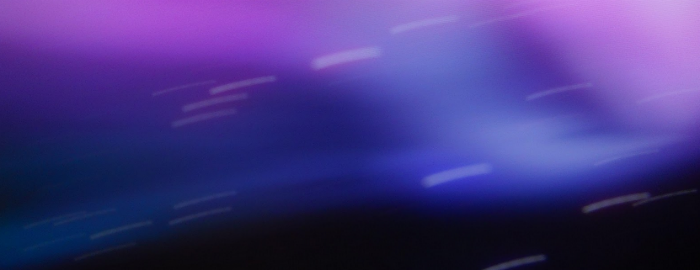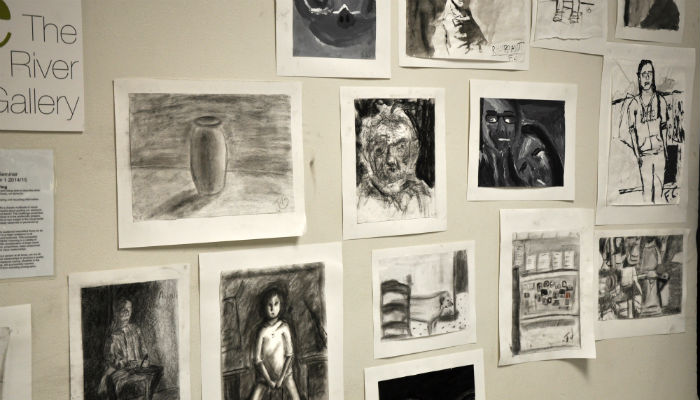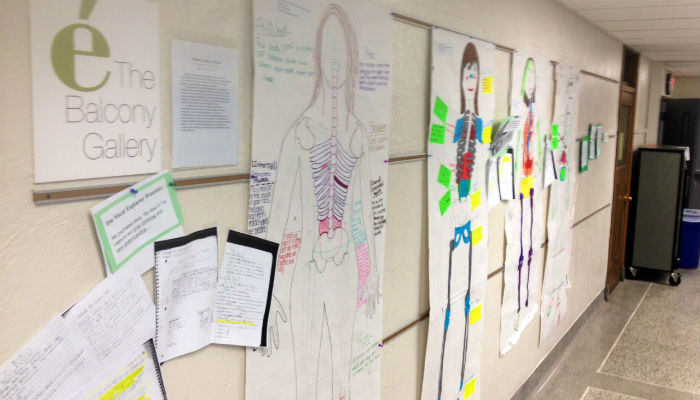
Across from Stuart Howland’s Visual Arts classroom, a collection of charcoal drawings captures our attention: human figures—their faces provocative, shadowed, lit by an unknown source; shapes—a simple vase, a barely discernible collection, an object. We stop to wonder. The images, drawn by IDEAS Academy students in the Visioning Seminar, are not instantly accessible. They make us think.
The Habit of Mind called Observing is one of five our students use to guide their learning. As they eye subjects to draw in Visioning, they
- Look in depth
- Use appropriate tools for gathering and recording information
- Recognize patterns
The goal is to observe and present new insight into the visual world. This means taking time to notice, to focus, to perceive, to capture visual relationships.
The relevance of this exercise reaches beyond an artist’s world. Observation is crucial for scientists who carefully examine biological systems or X-rays, for engineers who develop robotics and aircraft, for musicians who observe with their ears to catch the breath of each chord. It is crucial for any of us with problems to solve, photographs to take or an urge to create.
According to Stuart Howland, seeing with intent is “explored in depth in IDEAS Visioning in a variety of drawing processes and materials with consideration of large visual structure, figure/ground relationships, proportions, basic anatomical structure, gesture, light analysis and value relationships.”
See this, look closer, observe this in The River Gallery at IDEAS Academy.



